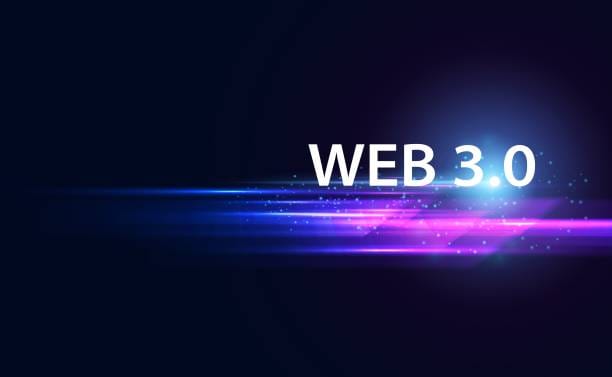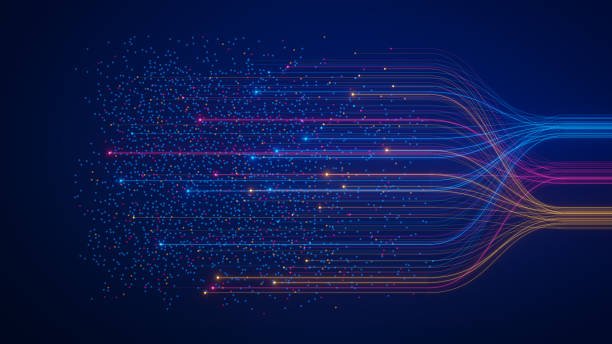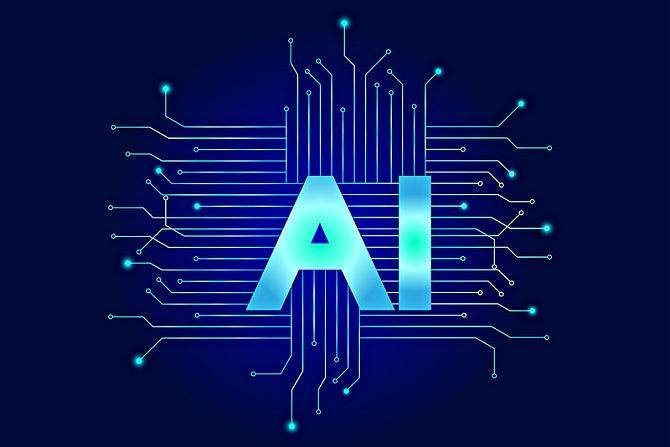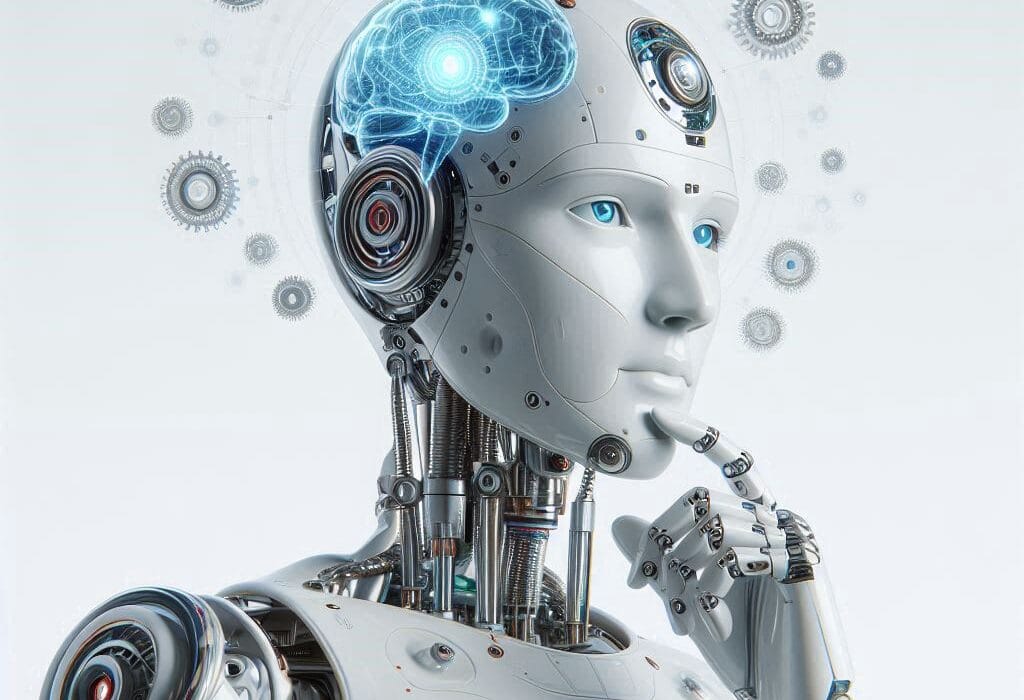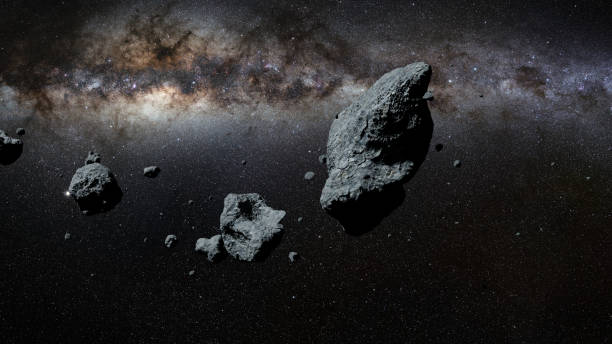The internet has always been more than a network of machines — it is a living, breathing ecosystem of human connection, a shared space where ideas, cultures, and economies intertwine. From its humble beginnings as a research network to its current role as the beating heart of the global economy, the internet has evolved in stages. We’ve lived through Web1, the static age of information. We’ve navigated Web2, the interactive and social era dominated by platforms. Now, we stand at the threshold of Web3 — a vision for a decentralized, user-owned internet where trust is built into the code and communities, not imposed from above.
Web3 is not just a technological upgrade; it’s a philosophical shift. It represents a world where digital ownership becomes real, where data sovereignty belongs to the individual, and where centralized intermediaries give way to peer-to-peer systems. For some, it’s the inevitable next step in human digital evolution. For others, it’s a utopian dream still tangled in the messy realities of technology, regulation, and human nature. But whatever one’s opinion, one thing is clear: Web3 is a movement with the potential to reshape not just the internet, but the fabric of our economies, politics, and culture.
The Origins of the Web
To understand Web3, it helps to step back and recall where we’ve been. Web1, in the 1990s, was a largely read-only web. Websites were static pages, built by developers, published for the world to see. Users consumed information but had little means to interact with it beyond basic email or message boards. Power lay in the hands of those who could code and host content.
Then came Web2, beginning in the early 2000s and still defining much of the internet today. This was the era of social networks, user-generated content, and interactive applications. Platforms like Facebook, YouTube, and Twitter allowed anyone to publish, share, and collaborate. But the trade-off was subtle yet profound: the platforms that enabled these interactions also became the gatekeepers of data. They harvested personal information, monetized attention, and set the rules of engagement. The internet became more social, but also more centralized.
By the late 2010s, cracks began to appear in the Web2 model. Data breaches exposed personal information of millions. Algorithm-driven echo chambers amplified misinformation. Creators discovered that they did not truly own their content or their audiences; they rented space on someone else’s platform. And so, the desire for a new model began to grow — one that could give individuals real control over their digital identities and assets.
The Birth of the Web3 Vision
The term “Web3” was popularized by Gavin Wood, co-founder of Ethereum, in 2014. At its heart, Web3 is an internet built on decentralized networks — particularly blockchain technology — where ownership, identity, and governance are not controlled by a handful of corporations but distributed among users themselves.
Blockchain, the foundational technology behind cryptocurrencies like Bitcoin and Ethereum, provided a proof-of-concept for decentralized trust. Instead of relying on banks or centralized servers to keep records, blockchains maintain public ledgers that are verified by a network of participants. This innovation made it possible to own digital assets — whether currency, art, or in-game items — without needing a central authority to vouch for them.
In Web3, your identity is tied to cryptographic keys you control. Your data resides in decentralized storage systems. Transactions happen on transparent networks without hidden middlemen. Communities can self-govern using decentralized autonomous organizations (DAOs), where code enforces rules and voting is done on-chain.
Decentralization as the Core Philosophy
The central promise of Web3 is decentralization. In a decentralized web, power is not concentrated in a single corporation, government, or server. Instead, it is distributed across a network of nodes — computers that collectively store and process data, validate transactions, and maintain the integrity of the system.
This decentralization brings several advantages. It can make services more resistant to censorship, as there is no single point of control. It can enhance security, because taking down a decentralized network requires compromising many independent participants. It can empower individuals to truly own their digital assets, since those assets are recorded on an open ledger accessible anywhere in the world.
However, decentralization is not a magic solution to all problems. It introduces new challenges: scalability, user experience, and governance disputes among them. Balancing the ideals of decentralization with the practical needs of global-scale adoption remains one of the defining tensions of Web3 development.
Digital Ownership and the Token Economy
One of the most transformative concepts in Web3 is the idea of true digital ownership. In Web2, you might buy a movie on a streaming platform, but you don’t actually own it — you’ve purchased a license that can be revoked at any time. In Web3, ownership can be cryptographically verifiable and transferable, existing independently of any one company’s platform.
This ownership is often represented by tokens — cryptographic assets recorded on a blockchain. Tokens can be fungible (like cryptocurrencies, where each unit is interchangeable) or non-fungible (NFTs), where each token is unique. NFTs have found their most visible early use in digital art and collectibles, allowing artists to sell directly to audiences without intermediaries. But the potential goes far beyond art: NFTs could represent property deeds, academic credentials, game items, or membership passes to digital communities.
Tokens also enable new forms of economic coordination. In Web3, users can earn tokens by contributing to a network — whether by providing computing power, creating content, or curating information. These tokens can give users both financial stake and governance rights, blurring the line between user and owner.
DAOs and the Future of Governance
If Web3 is a new economic and cultural space, then it needs new systems of governance. This is where DAOs — decentralized autonomous organizations — come into play. A DAO is a community that coordinates around a set of rules encoded in smart contracts, with decisions made collectively by token holders.
Unlike traditional organizations with hierarchical management, DAOs operate transparently and can be global from day one. Anyone with tokens can propose changes, vote on initiatives, and participate in shaping the direction of the community. This model has already been used for everything from funding public goods to managing investment funds to running large-scale art projects.
DAOs are not without their growing pains. Voter apathy, concentration of voting power among large holders, and the challenges of executing complex real-world actions from code-based agreements are ongoing issues. But as an experiment in collective coordination, DAOs represent one of the boldest and most intriguing aspects of Web3.
The Building Blocks of Web3 Infrastructure
Behind the scenes, Web3 relies on a complex stack of technologies working together to create a decentralized ecosystem. Blockchains like Ethereum, Solana, and Polkadot form the base layer. On top of these, smart contracts — self-executing code — define the rules of decentralized applications (dApps). Decentralized storage systems like IPFS (InterPlanetary File System) or Arweave ensure that data cannot be easily taken down or altered.
Decentralized identity solutions aim to give users control over their personal information, letting them prove credentials without revealing unnecessary details. Layer-2 scaling solutions and sidechains address the throughput limitations of base blockchains, making transactions faster and cheaper.
All of this infrastructure is still evolving, and interoperability — the ability for different blockchains and applications to work seamlessly together — is a major focus for developers. A truly connected Web3 will require smooth bridges between ecosystems, so users can move assets and identities across platforms without friction.
The Human Experience of Web3
Technology alone does not define a new era of the internet. The success or failure of Web3 will depend on how people experience it in their daily lives. Right now, interacting with Web3 often requires juggling browser extensions, managing cryptographic keys, and paying unpredictable transaction fees — barriers that deter mainstream adoption.
But these rough edges are being smoothed over. Wallet interfaces are becoming more intuitive. Layer-2 solutions are lowering costs. Onboarding experiences are improving. As the technology matures, the vision of an internet where you seamlessly move between decentralized applications, carrying your assets and identity with you, becomes more tangible.
Web3 also opens doors for new types of digital communities. Because ownership can be shared, communities can align incentives in ways Web2 platforms cannot. Creators can reward early supporters with tokens that grow in value as the project succeeds. Communities can fund their own infrastructure without relying on advertising. The emotional connection between creator and audience, or between members of a movement, can be deepened by shared ownership and governance.
Web3 in the Context of Society
The potential societal impacts of Web3 are vast. In finance, it offers an alternative to traditional banking systems, potentially giving access to the unbanked and underbanked worldwide. In journalism, decentralized publishing could protect against censorship. In supply chains, blockchain-based tracking could increase transparency.
Yet the same technology can be used for harmful purposes — from enabling untraceable illicit transactions to creating speculative bubbles detached from real-world value. The regulatory landscape is still in flux, with governments struggling to define frameworks that protect consumers without stifling innovation.
Web3 also raises questions about digital inequality. While decentralization aims to democratize control, those with early access to projects and technical knowledge often gain disproportionate benefits. Ensuring fair participation will be critical if Web3 is to fulfill its egalitarian promise.
The Road Ahead
Web3 is both exhilarating and uncertain. It is a work in progress, shaped by thousands of developers, entrepreneurs, artists, and activists around the globe. It carries the idealism of the early internet, the hard-learned lessons of Web2, and the disruptive potential of blockchain technology.
Skeptics argue that decentralization is overhyped, pointing out that many Web3 projects still rely on centralized infrastructure or face scalability issues that limit their usefulness. Advocates counter that revolutions don’t happen overnight, and that the current state of Web3 is akin to the internet of the early 1990s — clunky, obscure, and underestimated.
What is certain is that the conversation about Web3 is not going away. Whether it becomes the dominant model of the internet or simply one of many coexisting paradigms will depend on how well it can address its technical and social challenges — and how much it can inspire people to build the internet they truly want.
A Closing Reflection
Standing on the edge of Web3 feels a bit like standing at a new shore, looking out at an uncharted ocean. The waves of innovation crash against old models of control, eroding them bit by bit. The horizon is hazy; no one can say exactly what this new world will look like once it fully emerges. But the journey has begun.
Web3 invites us to imagine an internet where we are not products but participants, where our data is not extracted but respected, where creativity is rewarded directly, and where governance is something we do together, not something done to us. It’s a vision that blends technology and human aspiration, a reminder that the web is, at its core, a reflection of the society we choose to build.
The question is not just “What is Web3?” but “What will we make of it?” Because in this next evolution of the internet, the answer is, for the first time in decades, truly up to us.
